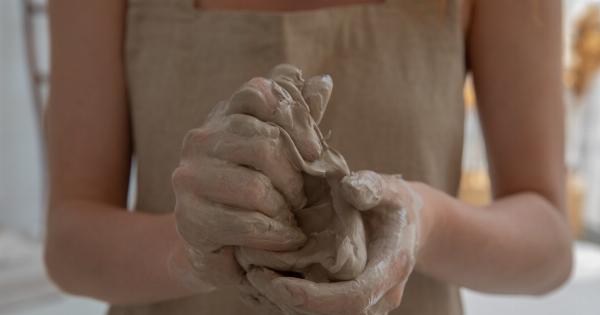Making your own acetone at home can save you money and time running to the store. Acetone is a versatile solvent that has various applications, including nail polish remover, paint thinner, and cleaning agent.
While it is readily available in most stores, there may be instances where you need acetone immediately, and you don’t have the time or accessibility to go out and buy a bottle. In such cases, knowing how to make your own acetone can be incredibly helpful.
What Is Acetone?
Acetone, also known as propanone, is a colorless and highly flammable liquid. It has a distinct, sweet odor and is considered the simplest form of ketone. Acetone is commonly used as a solvent due to its ability to dissolve various substances.
It is widely used in industrial settings, as well as in households.
Things You’ll Need
Before we delve into the process of making acetone at home, let’s gather the necessary materials:.
- Isopropyl alcohol
- Manganese dioxide
- Beaker or glass jar
- Funnel
- Coffee filter
- Distillation setup (condenser, receiving flask, heating source)
Procedure
Now that we have everything we need, let’s get started on making our own acetone:.
Step 1: Set Up the Distillation Apparatus
Start by setting up the distillation apparatus. Place the heating source underneath the distillation flask or beaker. Attach the condenser to the flask, ensuring a tight seal. Position the receiving flask to collect the distilled acetone.
Step 2: Mix the Isopropyl Alcohol and Manganese Dioxide
In a separate container, mix 100 milliliters of isopropyl alcohol with 50 grams of manganese dioxide. Stir the mixture thoroughly to ensure the manganese dioxide is evenly distributed in the alcohol.
Step 3: Filter the Mixture
Place a coffee filter into the funnel and pour the mixture into the filter. Allow the liquid to pass through the filter, collecting the filtered liquid in a clean container. This step helps remove any impurities from the mixture.
Step 4: Distill the Acetone
Pour the filtered liquid into the distillation flask, and heat it gently. As the liquid heats up, the acetone will vaporize and travel through the condenser, eventually condensing and collecting as a liquid in the receiving flask.
Step 5: Collect and Store the Acetone
Once the distillation process is complete, carefully collect the acetone from the receiving flask and transfer it to a clean, airtight container. Label the container clearly and store it in a cool, dry place away from any open flames or heat sources.
Safety Precautions
When working with acetone or any flammable substances, it is essential to follow safety precautions to prevent accidents or injuries:.
- Work in a well-ventilated area to avoid inhaling fumes.
- Keep away from open flames and heat sources, as acetone is highly flammable.
- Wear protective gloves and safety glasses to prevent direct contact with the skin and eyes.
- Dispose of any waste materials properly, following local regulations.
Conclusion
By following this simple DIY acetone recipe, you can create your own supply of this versatile solvent whenever the need arises. Remember always to prioritize safety and handle acetone with caution.
Having homemade acetone on hand can be incredibly convenient and save you both time and money.






























